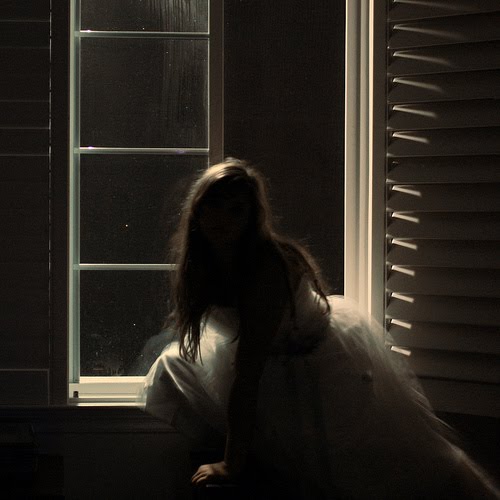
Pittsburgh's Strip District has come a long way since its days of marauding gangs and election-day riots.
The Toker book gives extensive background, but here are some quick facts (for these and more, visit http://www.pittsburghneighborhoodtours.com/pr13/neighborhoods/default.asp?nHood=7: ):
# The Strip was home to a “Shantytown” during the Great Depression. Nearly 300 unemployed people lived in makeshift housing constructed from scrap lumber and other found materials.
# Heavy industry has also had a home in the Strip. Andrew Carnegie started his career in the Strip’s iron mills, George Westinghouse produced his revolutionary air brakes here, and the Pittsburgh Reduction Company (now ALCOA) began its commercial production of aluminum here.
# St. Patrick's, located at 17th Street and Liberty Avenue, is Pittsburgh's first Roman Catholic parish, established in 1808. St. Patrick's contains the famous Holy Stairs, representing the 28 steps between Christ and Pilate, replicated from the original Holy Stairs in Rome.
# The Strip District begins just across the street from the new David L. Lawrence Convention Center
# The Strip District is a special event on any given Saturday. Although it’s lively on any day of the week, Saturday is when the shopping district is humming with crowds—and a highly festive atmosphere.
# The Lisdoonvarna at Mullaney’s Harp & Fiddle is a matchmaking event based on Irish tradition. They claim great success at pairing happily married couples.
# The Strip District’s neighborhood roots were planted in 1814 as a plan of lots known as the “Northern Liberties of Pittsburgh.” The neighborhood’s location -- a flood plain along the banks of the Allegheny River -- made it ideally situated to become part of Pittsburgh’s growing industrial economy. By the 1820s and 30s, the neighborhood was home to iron mills, foundries, and glass factories -- as well as the immigrants who worked there. Polish, Irish, and German populations were the ethnicities with the strongest representation in this growing neighborhood.
# Although it has one of the smallest residential populations among city neighborhoods, many Pittsburghers associate the Strip with a taste of home. Shopping in the Strip is a way for many families to preserve their ethnic traditions through the purchasing and cooking of traditional foods.
# Pittsburghers come to this neighborhood to celebrate life and that festive spirit is palpable to those who visit as well. National Geographic sung the Strip's praises; Jane and Michael Stern feature several Strip District eateries on their Roadfood website and several airline travel magazines tout the Strip as a foodies paradise.

Foodie's paradise... doesn't that mean everyone's idea of paradise? Breakfast at Deluca's and fish & chips at the Harp & Fiddle are the standouts for me...
ReplyDeleteAnd of course, the chocolate store.